While digital operations are crucial to business success, Distributed Denial of Service (DDoS) attacks have emerged as a prominent threat, targeting organizations of all sizes. These malicious attacks overwhelm a network, rendering websites and services unusable and inflicting significant damage to both operational capabilities and brand reputation. Understanding how to respond effectively to a DDoS […]


